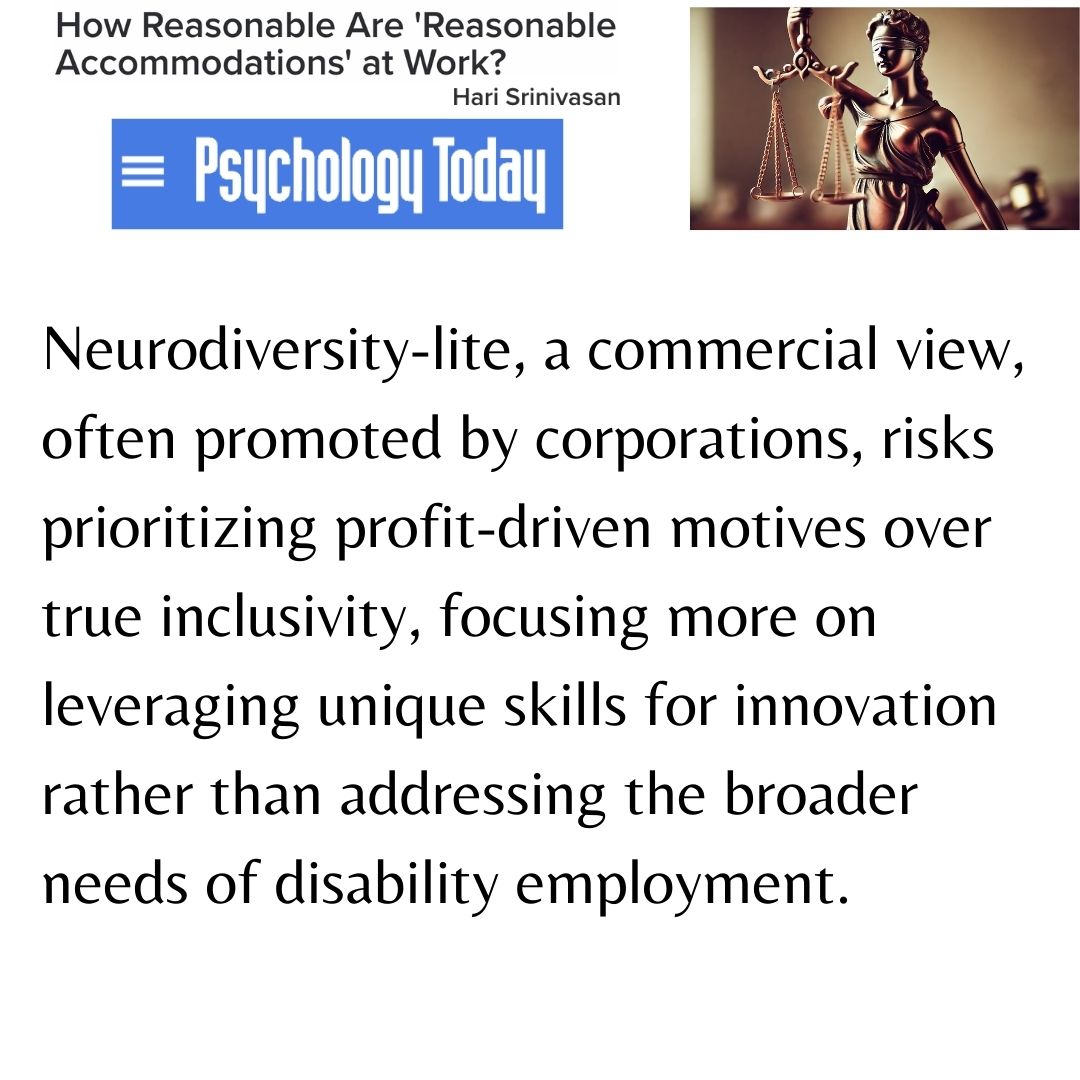[After 350+ poems, who’s counting….]
Context: This reflection is a portrait of autistic temporality, anticipatory anxiety, sensory vigilance, and meta-awareness, capturing how a simple wait becomes a cognitive and embodied epic. Its the layered experience of being autistic+ADHD (AuDHD); how the mind loops back on itself in preparation, observation, and reflection; how even stillness is saturated with motion inside. Something as ordinary as arriving for an event transforms into an intricate internal process, filled with precise timing, sensory tension, and ongoing mental calculation. Many AuDHD folks like me, experience heightened sensitivity to time, environment, and social context, not as an overreaction, but as the everyday reality of how our minds and bodies move through the world.
POTENTIALLY WAITING
Observed start time: metaphysical.
POTENTIALLY, my mind thinks I’m gonna be sooo late.
INHALING, internal urgency, I might miss everything.
EXHALING, every what-if knotted into my chest.
DEFINITELY, I left with hours to spare for the meeting, just in case.
POTENTIALLY, I’m way too early.
INHALING, the loudness of silence in a room not yet occupied.
EXHALING, the weight of showing up too exactly.
DEFINITELY, first by a statistically significant margin.
POTENTIALLY, time is not moving.
INHALING, I’m just waiting and waiting.
EXHALING, the theory that time is elastic.
DEFINITELY I’ve aged three internal years.
POTENTIALLY, no one minds the flickering light.
INHALING, the flicker overhead pretending to be still.
EXHALING, once, twice, don’t look again.
DEFINITELY, it’s Morse coding its way into my amygdala.
POTENTIALLY, I’ve sat too still for too long.
INHALING, the numb buzz creeping up my back.
EXHALING, stimming I hope no one notices.
DEFINITELY, my body is sending status updates I never subscribed to.
POTENTIALLY, everyone else seems chill.
INHALING, background noise pretending not to be foreground.
EXHALING, the urge to catalog them all.
DEFINITELY, I’m indexing each throat-clear and chair-squeak like a crime scene analyst.
POTENTIALLY, I’ll forget this whole feeling.
INHALING, the illusion this moment will fade.
EXHALING, into a future that always remembers.
DEFINITELY, I’ll relive it at 2am during an unscheduled brain audit.
POTENTIALLY, I’m overreacting.
INHALING, the question, again.
EXHALING, the answer, unchanged.
DEFINITELY, but what else would I be doing while waiting?
Estimated wait time: unknown.









